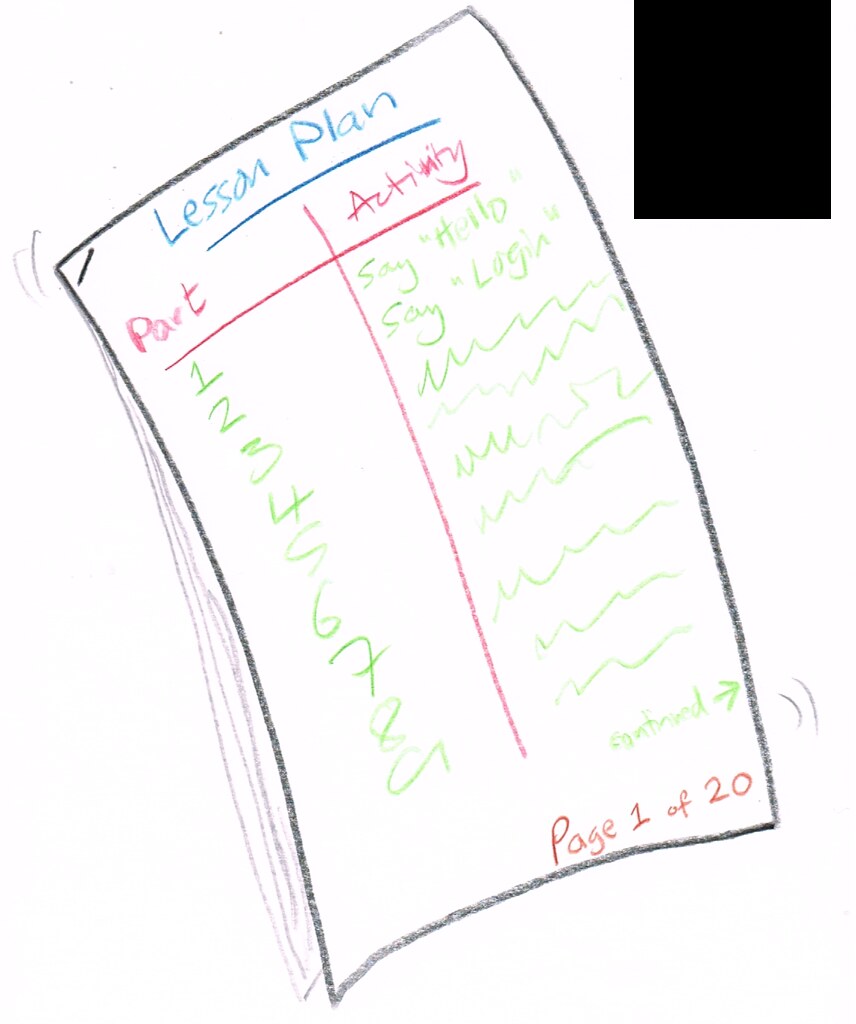This class to me over all was very helpful and eye opening
for me overall in seeing how much technology is truly embedded in to teaching.
As for the text book I found this very useful and interesting. I am the type of
person who doesn’t really keep textbooks because I feel that I wouldn’t use
them anymore. But there is no chance that I will be getting rid of this
textbook. The textbook is useful for technology tools, software's, hardware,
and web based applications for classroom use. This text book actually makes me excited for
the future because I feel like it’s a gold mind for teachers.
As for the discussion and assignment parts of this class for
the most part I enjoyed very much. I am in two online classes this semester, so
I really wasn’t able to meet as many people as I would have in campus classes.
But in these assignments and discussions I was able to communicate with others
and still meet a new person or two. Which to me is always important because the
people in your classes are so resourceful. You never know who you may meet and
how they can help you succeed.
I cannot think of anything negative this course issued other
than the one speed bump that occurred during one of my group projects. I think
that most people take online classes because they enjoy doing work on their
own, they find that it is the best way they can learn. And when we had
communication issues with our group project it brought out the fact that we
signed up for a course that we could do on our timing, based on the schedule
our lives have for us. And having to try to get a hold of people, who are on a
totally different schedule as us, puts us at a disadvantage from the start. I
did not get mad over the complications because I simply understood that it was
out of my power that my group members and I had separate schedules that
differed completely. When the issue was brought to my attention I tried to move
forward as swiftly as possible, and knew that was all I could do. When
Professor Coleman asked us to use this as a life learning experience I think
that there was some to learn, for each professor and student.
And last but not least, I cannot thank Professor Coleman enough
for always understanding, and willingness to help me succeed in this course.
From the very beginning, to the very end. (This post for example, I thought for
some reason was due this upcoming Wednesday. And I came home at 11 pm from
working all day and went to study for my final tomorrow and saw where Professor
Coleman messaged me about my second chance.) Thank you so much!
 |
| Creative Commons Photo By: hellojenuine |
This course may
require a lot of work and dedication, but with a professor who is as dedicated
as Professor Coleman it makes students enjoy their school work and want to
better themselves. I had many unexpected events this semester, which set me back,
but I was able to conquer and not be conquered. That to me is my greatest
lesson that I will carry with me as I pass through the milestone of graduating
with my Associates Degree this semester.
 |
| Milestones Creative Commons Photo By: Ayca Karaoglan |
Maloy, Robert, Verock-O’Loughlin,Ruth-Ellen, Edwards, Sharon A., and Woolf, Beverly Park (2013). Transforming Learning with New Technologies. 2nd Edition. Boston, MA: Pearson Education, Inc.










